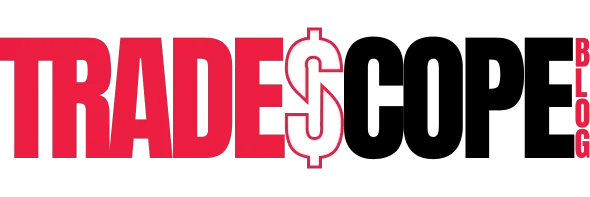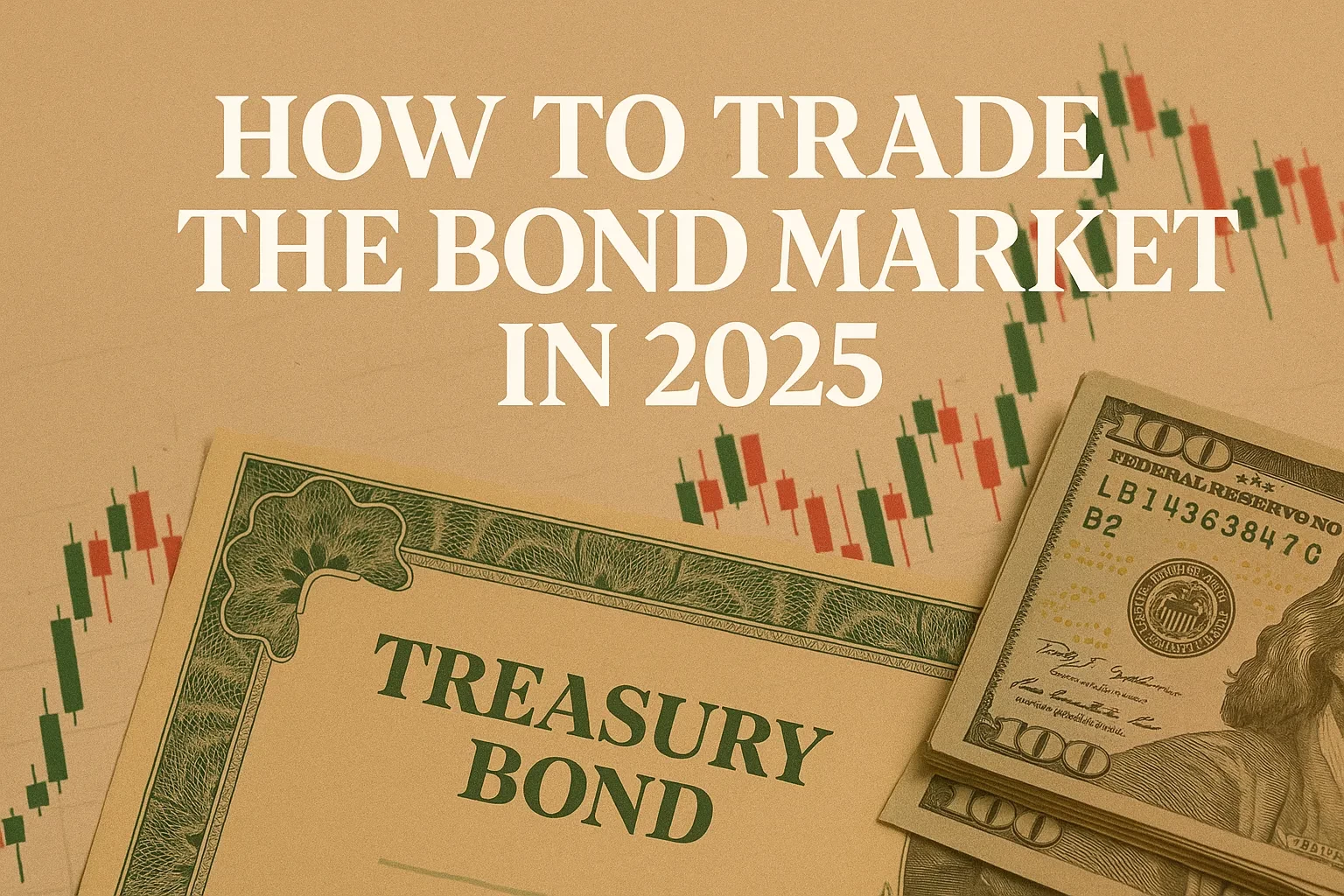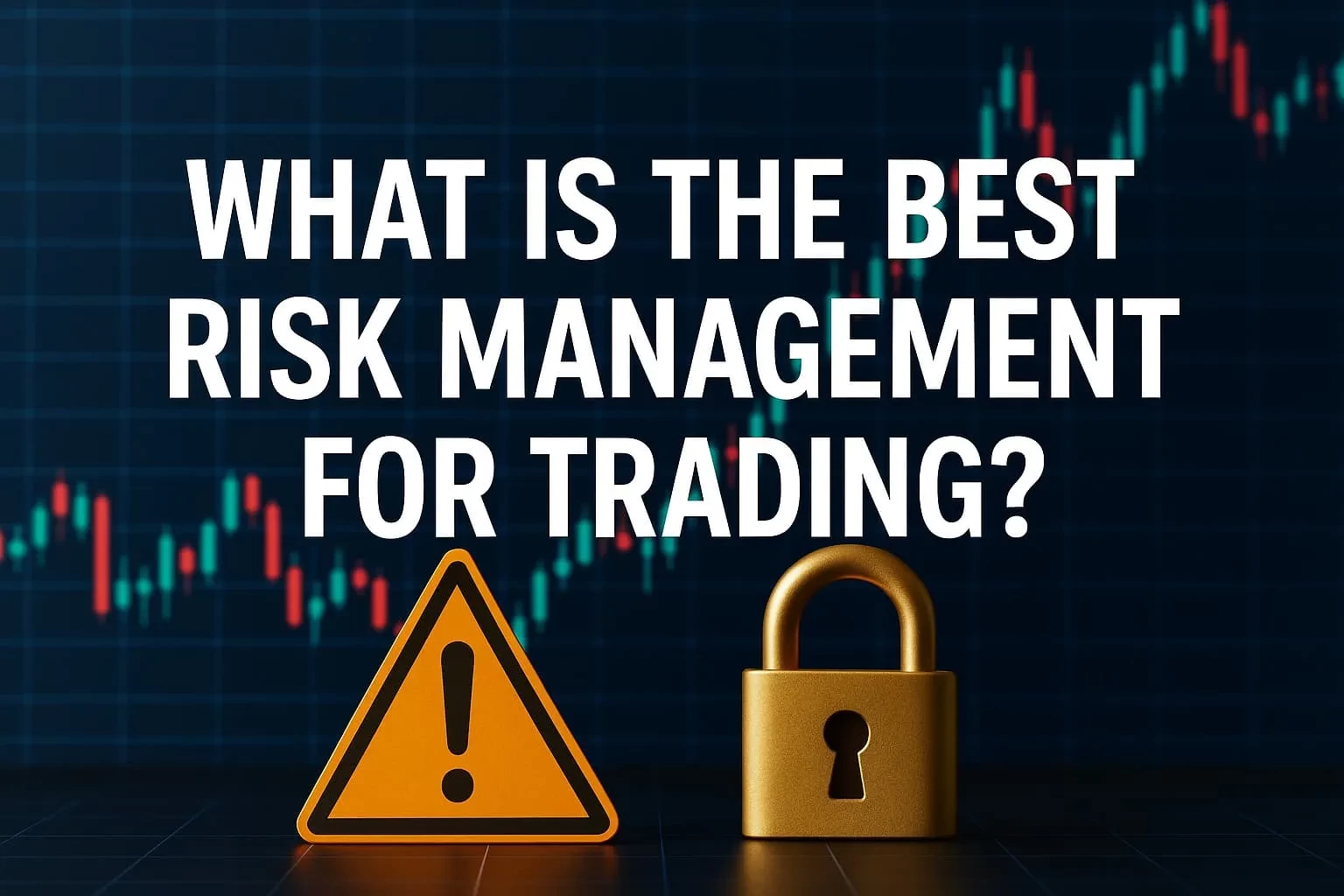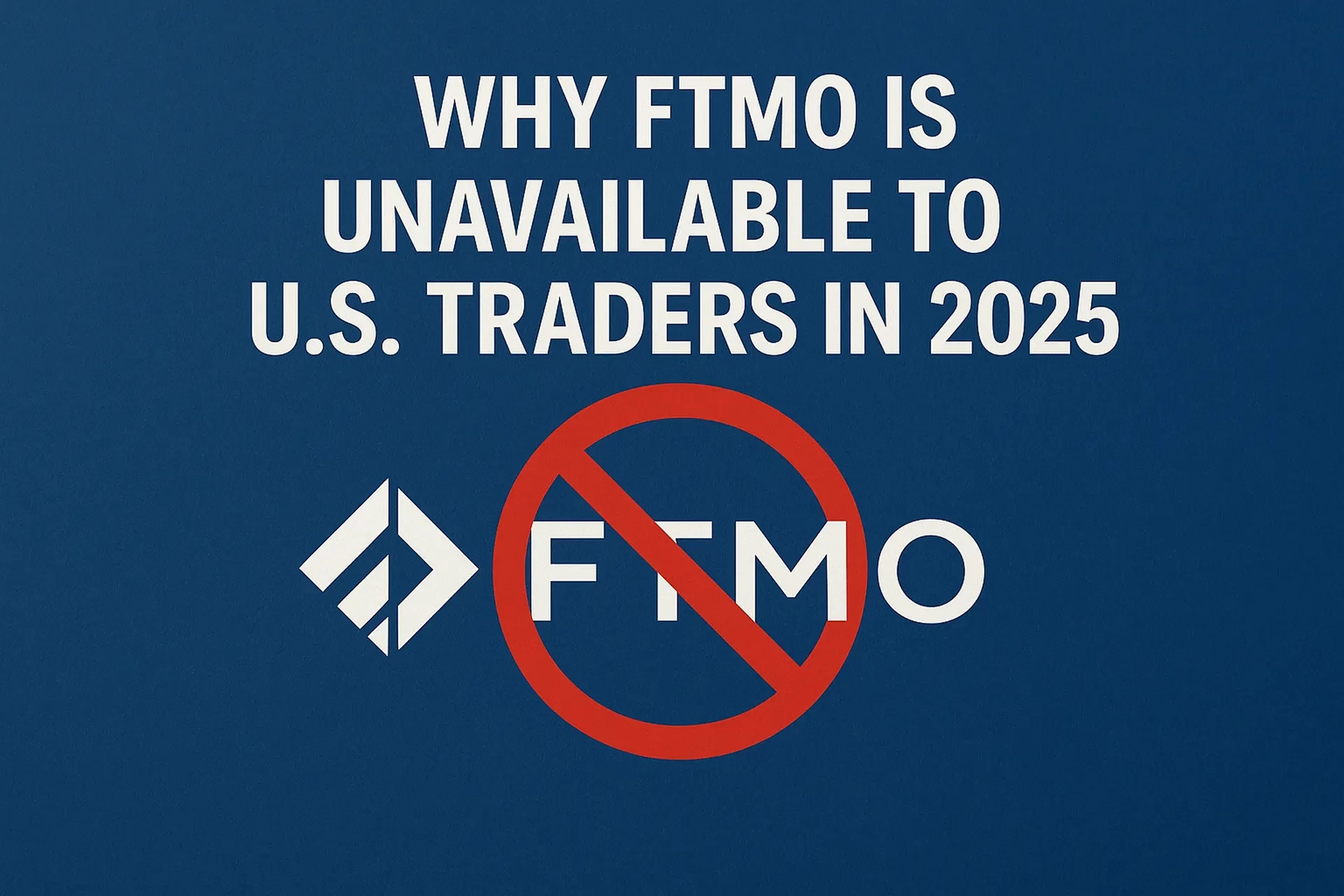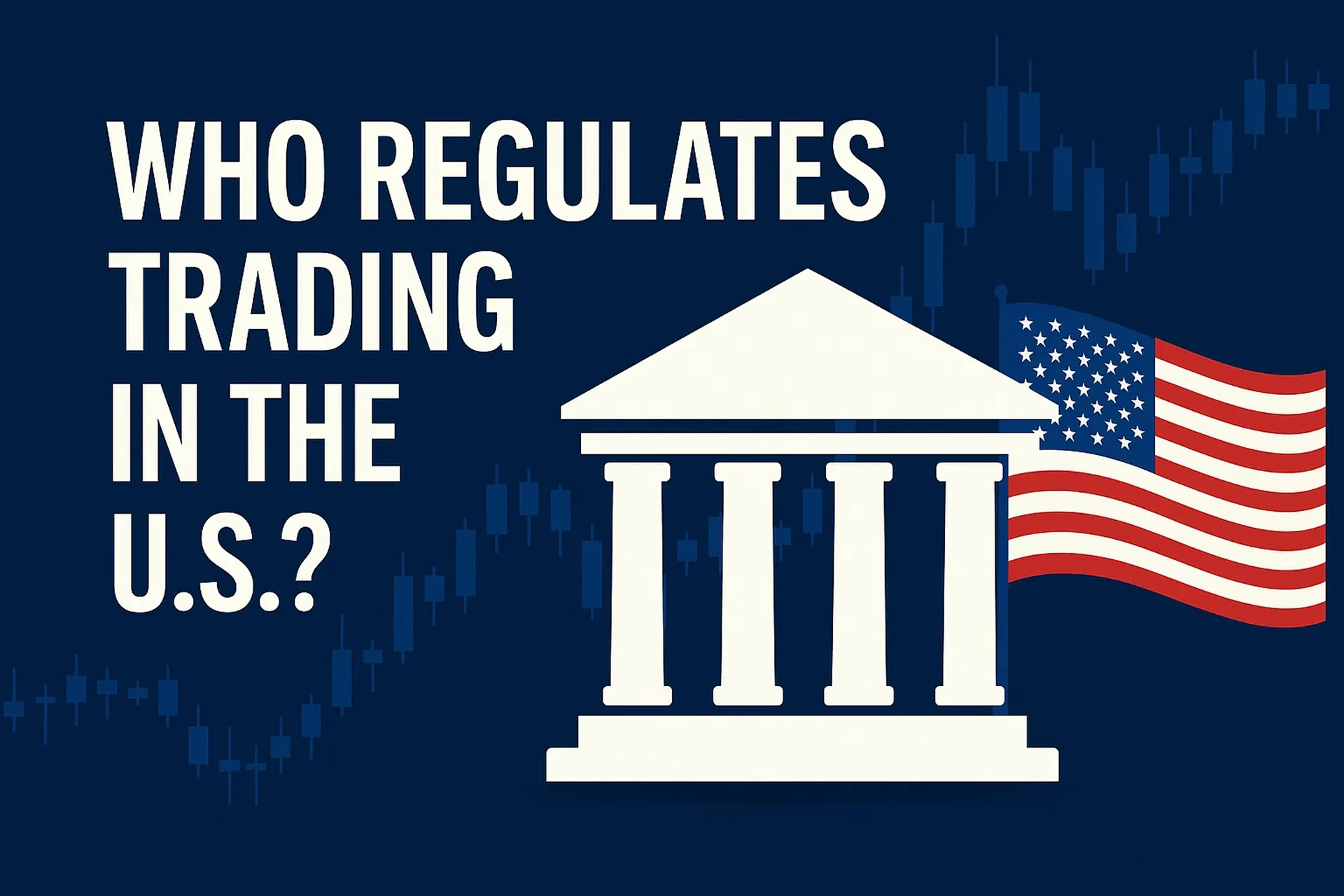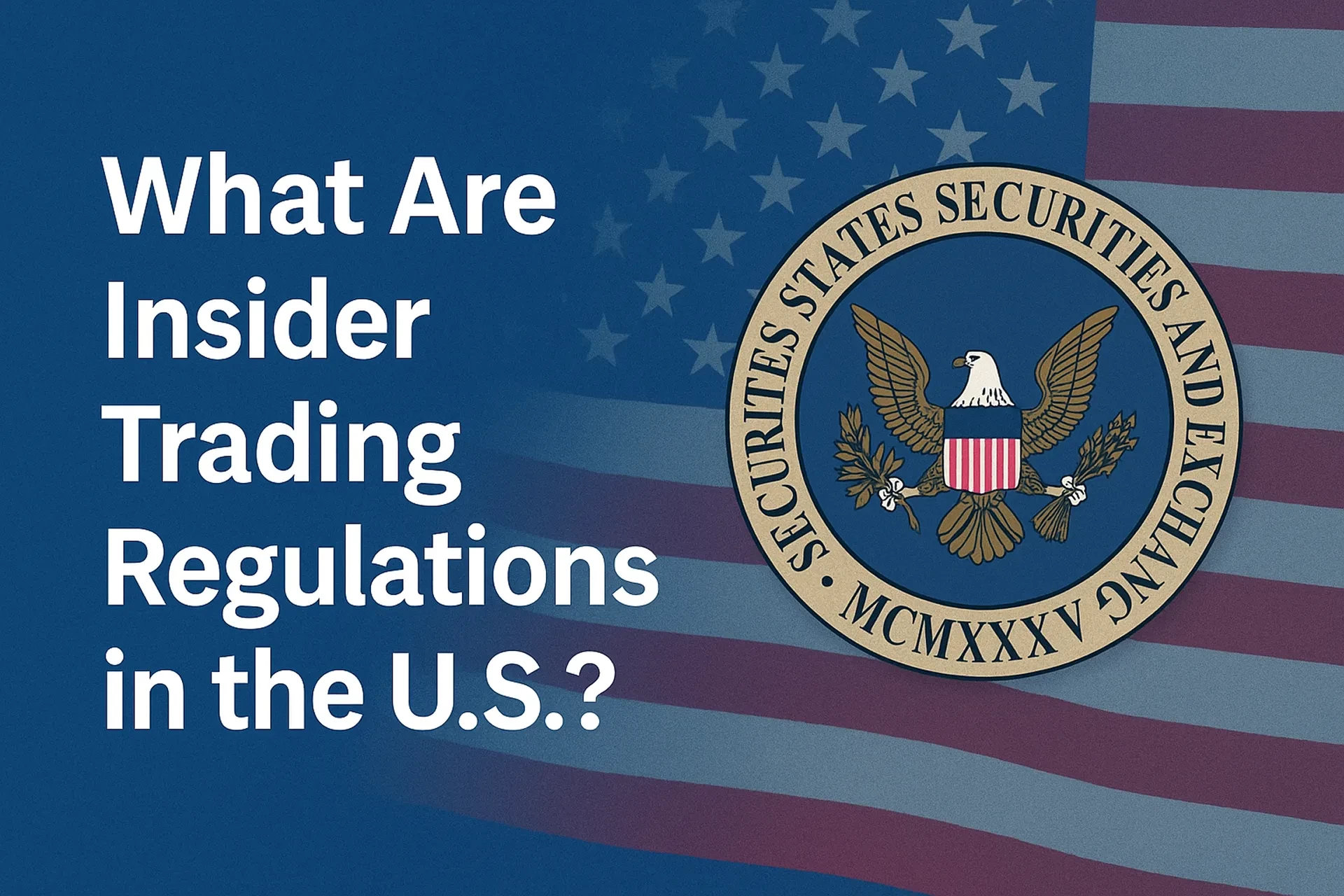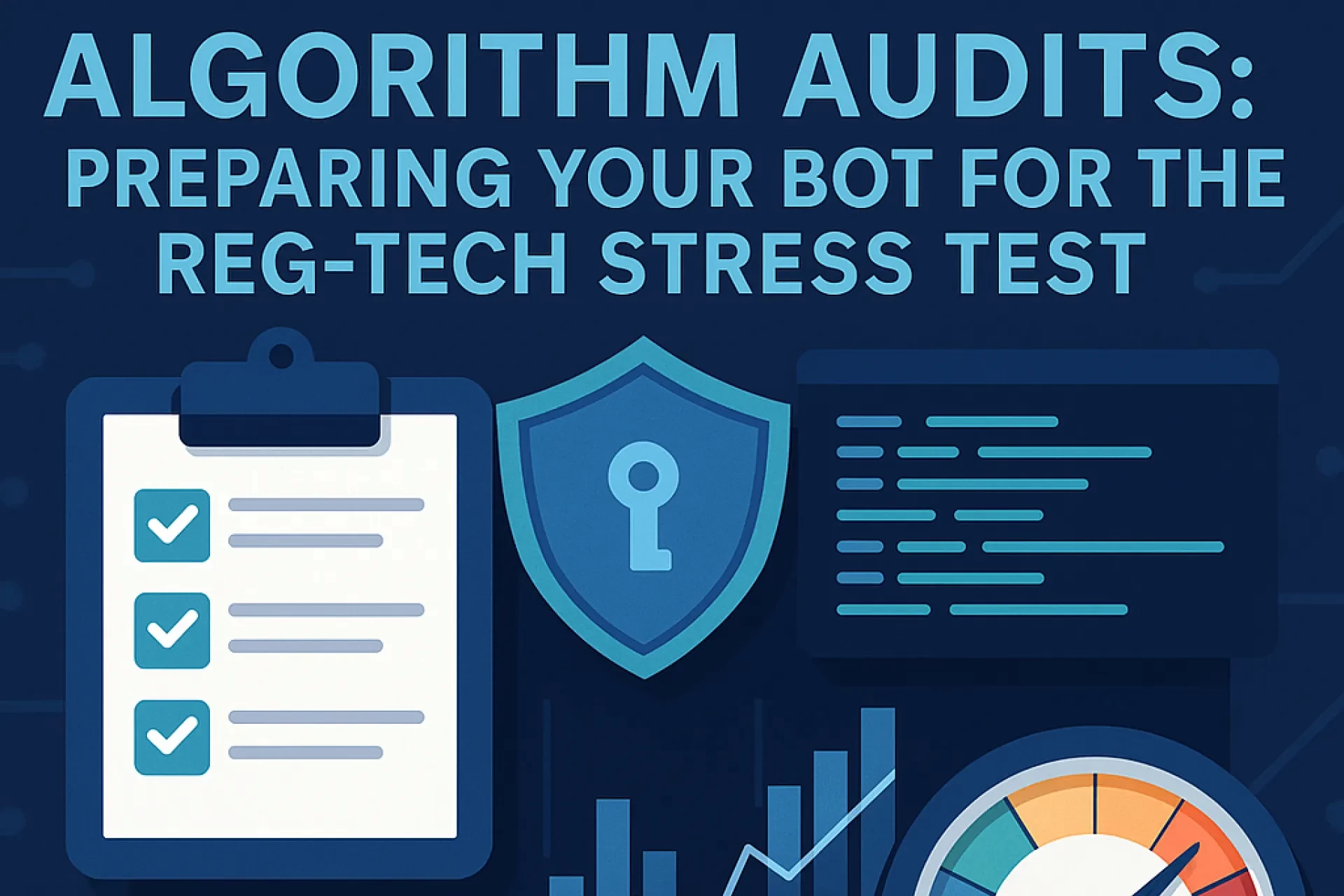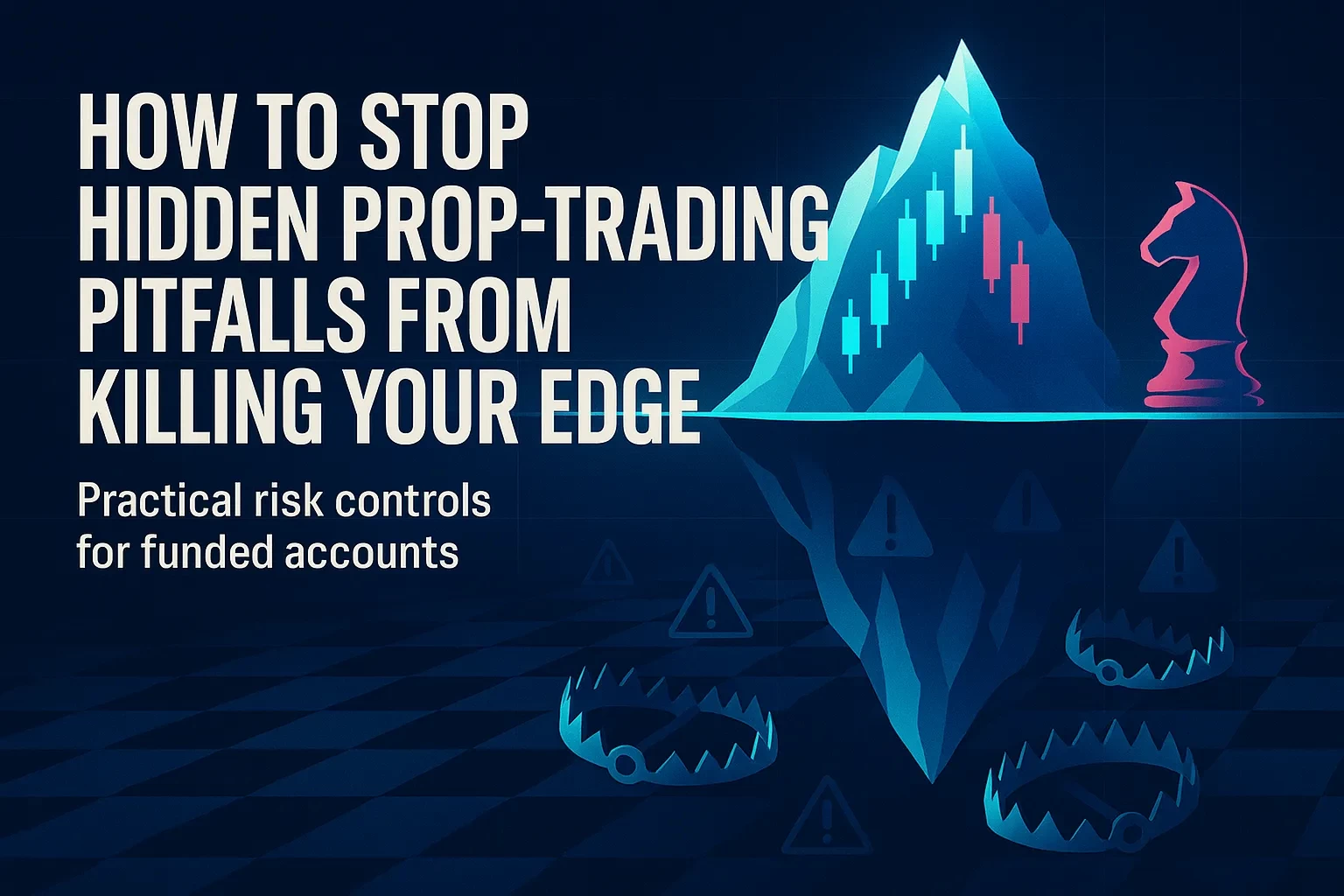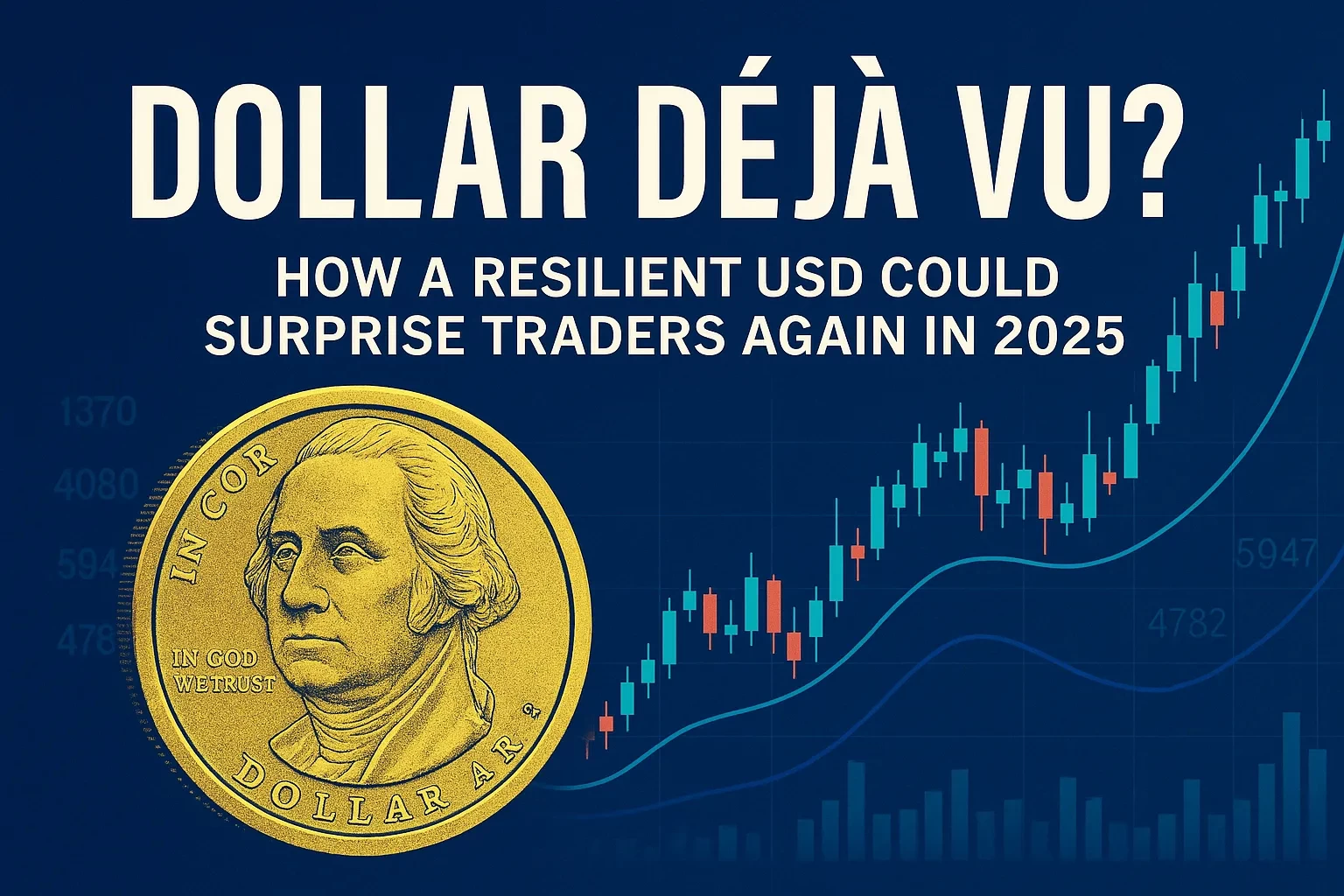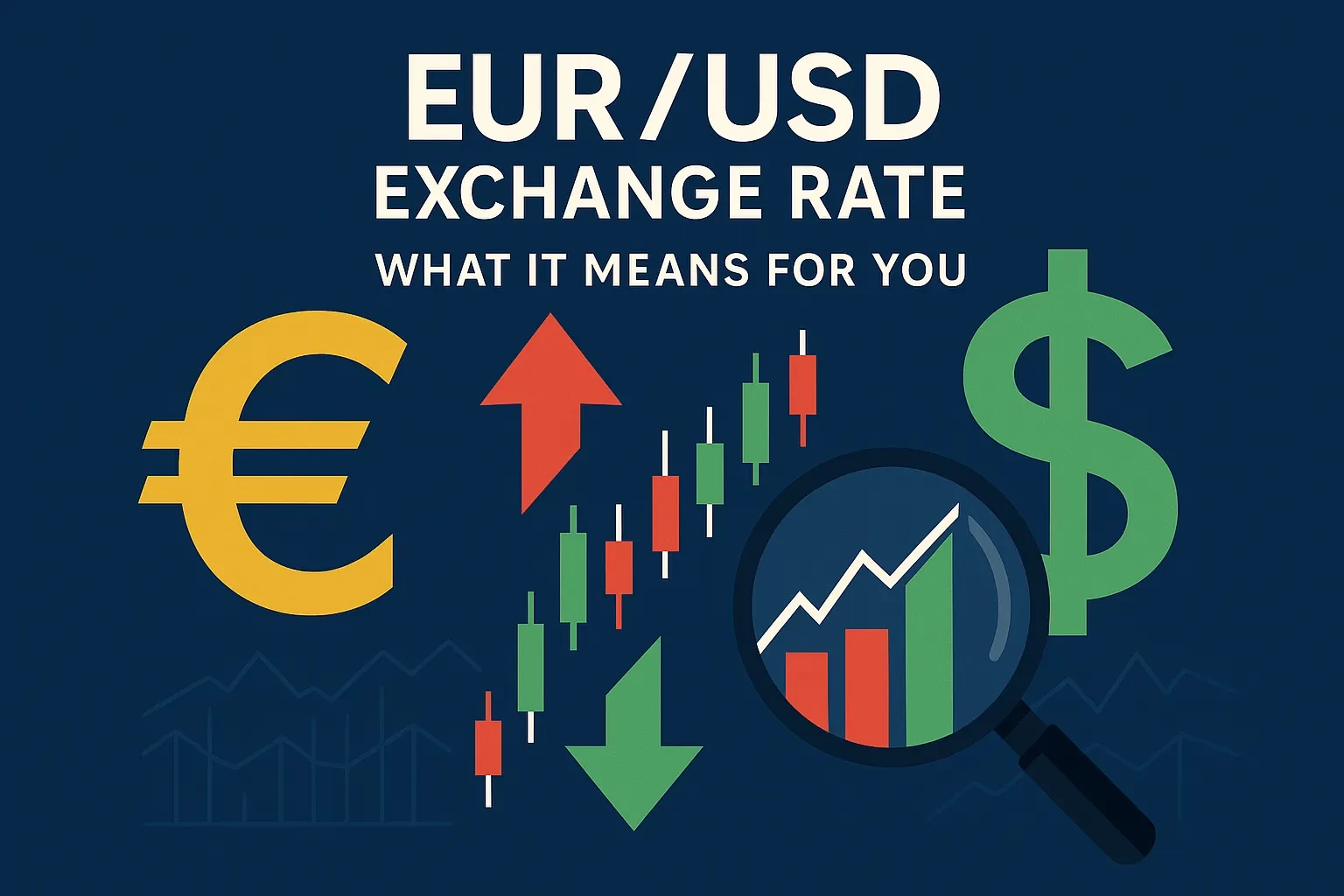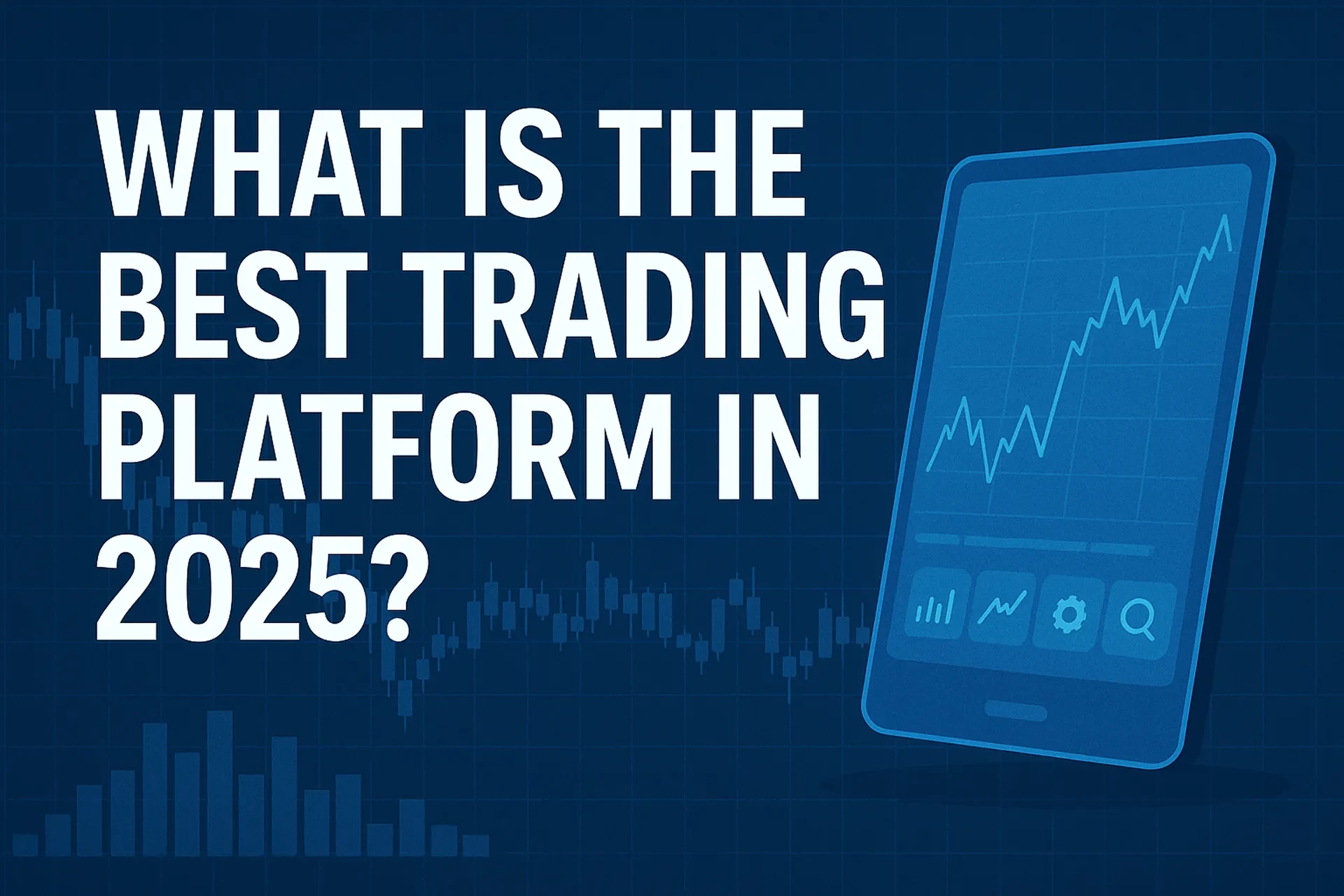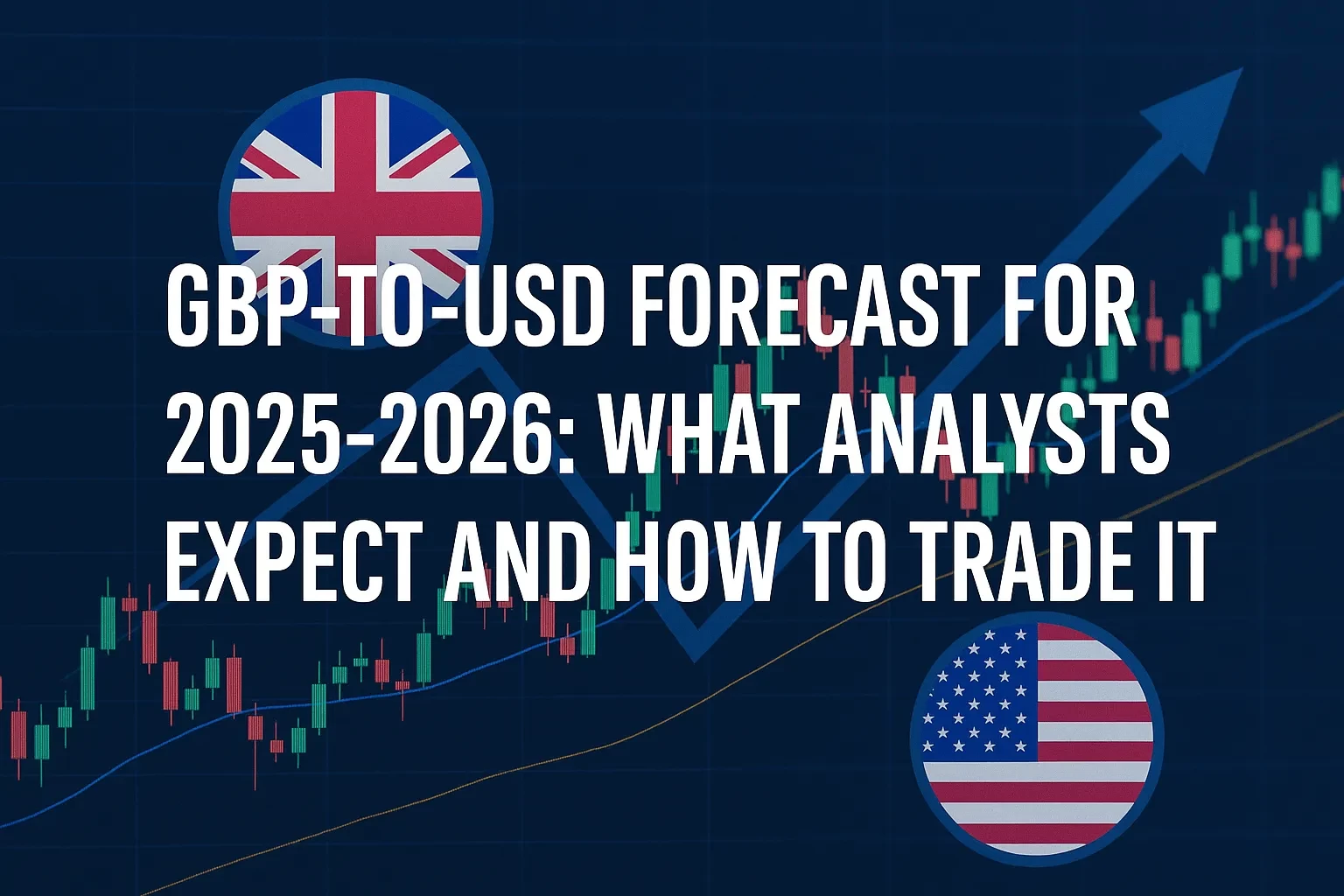Answer up front: In 2025, you face a “two-speed” crypto market: Europe’s MiCA fully applies and raises the bar on disclosures and licensing, while U.S. regulators (SEC/CFTC/NFA, plus Treasury’s OFAC/FinCEN) continue aggressive enforcement—even as the SEC streamlines some ETF listings. To trade safely, you need clean KYC/AML workflows, exchange due diligence, instrument-specific rules (spot, futures, ETFs), and written risk controls.
Affiliate note: If you use affiliate links on your site, disclose them clearly and early (FTC).
Table of Contents
Why this matters now
If you trade digital assets in 2025, your environment changed materially. The EU’s Markets in Crypto-Assets (MiCA) has moved from paper to practice: stablecoin rules applied in June 2024, and the rest of the regime for most tokens/crypto-asset service providers (CASPs) took effect in December 2024, with transitional periods for firms already operating under national rules (ESMA, 2025). At the same time, U.S. agencies posted record enforcement results in FY2024 and kept crypto under a bright spotlight into 2025 (SEC, 2024; CFTC, 2024). Yet there’s nuance: the SEC approved spot Bitcoin ETPs in Jan 2024 and allowed Ether spot ETFs to go effective by July 2024 (SEC, 2024; SEC, 2024), and in Sept 2025 it adopted generic listing standards that can streamline approval for some spot-commodity/crypto ETFs (Reuters, 2025). The headline isn’t “ban vs. boom”—it’s higher compliance expectations plus selective market access.
This guide explains what MiCA and U.S. rules mean in practice, shows how to trade with fewer surprises, and gives you a checklist you can implement today.
Definitions & quick context (plain English)
• MiCA (EU): The Markets in Crypto-Assets Regulation, a comprehensive EU framework that requires issuers and CASPs (exchanges, brokers, custodians) to meet authorization, disclosure, prudential, conduct, and safeguarding rules. Stablecoin issuers faced earlier rules (June 30, 2024); most CASP obligations applied from Dec 30, 2024, with transitional “grandfathering” to July 1, 2026 for firms already authorized nationally (ESMA, 2025; MiCA Papers timeline, 2024).
• SEC (U.S.): Regulates securities and related markets/products (e.g., token offerings deemed securities, crypto ETPs/ETFs). Aggressive enforcement continued through FY2024—583 actions and $8.2B in remedies (SEC, 2024)—and its Cyber & Crypto Assets Unit keeps crypto on the docket (SEC Cyber Unit, 2025).
• CFTC (U.S.): Regulates futures, options, and swaps (including Bitcoin/Ether futures). FY2024 delivered record $17.1B in monetary relief, with notable digital-asset cases (CFTC, 2024; CFTC Addendum, 2024).
• NFA (U.S. SRO): The derivatives self-regulator. If you run a U.S. CTA/CPO/IB/FCM offering crypto futures or related strategies, you face NFA disclosure and ongoing filings (NFA 9073; NFA Rules).
• OFAC/FinCEN (U.S. Treasury): Sanctions/AML. In 2024–2025, Treasury sanctioned additional exchanges and networks and reiterated strict-liability civil penalties for sanctions breaches—even inadvertent ones (Treasury Aug 2025; Treasury Sep 2025).
• CASP (MiCA): “Crypto-Asset Service Provider” (exchanges, brokers, custodians, advisors).
• ETP/ETF: Exchange-traded product/fund. Spot Bitcoin ETPs were approved in Jan 2024; Ether ETFs went effective in July 2024. In Sept 2025 the SEC approved rule changes that can shorten timelines for some spot-commodity/crypto ETFs via generic listing standards (SEC/Gensler 2024; SEC S-1 effectiveness; Reuters 2025).
The 2025 reality: “Two-speed” compliance
• Speed 1: Access widens (selectively). U.S. spot BTC and ETH ETFs are mainstream, and generic listing standards (Sept 2025) may accelerate new crypto ETFs where conditions are met (e.g., exchange rules and market surveillance) (Reuters, 2025).
• Speed 2: Oversight tightens. Enforcement remains high; AML/sanctions scrutiny intensifies globally; MiCA raises the baseline for disclosures, custody, conflicts, and governance for EU-facing services (SEC, 2024; CFTC, 2024; ESMA, 2025; Treasury, 2025).
Implication for you: The path of least resistance is regulated gateways (U.S.-listed ETFs, EU-authorized CASPs, U.S. futures on designated exchanges) plus documented AML/sanctions compliance.
A pragmatic, step-by-step playbook (U.S. trader, EU exposure optional)
1. Map your instruments and regulators.
• Spot via ETF? Primarily SEC rules + exchange listing standards.
• Futures/options? CFTC rules and NFA obligations if you operate as a CTA/CPO/IB/FCM.
• Direct spot on exchanges? Consider MiCA if the platform is EU-facing; in the U.S., securities analysis still applies if tokens might be securities.
Document this map—keep it in your trading binder.
2. Choose compliant venues first.
Prefer U.S.-listed ETFs, CME futures, or EU-authorized CASPs. Check the EU MiCA register (as it becomes widely populated) and U.S. exchange/regulatory notices (ESMA, 2025).
3. KYC/AML: Don’t wing it.
Keep a KYC packet (government ID, source-of-funds summary) and avoid privacy mixers or sanctioned addresses. Remember OFAC’s strict-liability approach—intent doesn’t have to be proven for civil penalties (Treasury, 2025).
4. Risk limits in writing (and enforced).
• Per-trade risk: ≤ 0.5%–1.0% of account equity.
• Daily loss cap: 2%–3% of equity; stop trading when hit.
• Max portfolio VaR/volatility target: e.g., 10-day 95% VaR < 8% of equity for a diversified crypto basket.
Set alerts and broker-level safeguards where possible.
5. Position sizing math you can audit.
• Equity = $50,000; risk-per-trade = 0.75% = $375.
• If BTC ETF (say “BITO-like” but for spot) trades at $50 and your stop is 8% below entry → dollar risk per share = $4.
• Position size = $375 / $4 = 93 shares (round down).
Keep this sheet in your journal for pre-trade checks.
6. Use ETFs or futures to simplify custody.
ETFs centralize custody and reporting; CME futures reduce exchange-specific counterparty risks but add margin and roll considerations (CFTC, 2024).
7. Document tax lots and wash-sale look-alikes.
Crypto’s tax treatment evolves—keep lot-by-lot records (FIFO/LIFO per your advisor). Export statements monthly.
8. For EU platforms or clients: map MiCA duties.
Confirm the CASP’s authorization status, conflict-of-interest policy, safeguarding of client assets, and complaint handling (ESMA, 2025). Ask for their MiCA disclosures.
9. Sanctions & wallets: screen before you send.
If using self-custody, screen counterparties and on-chain addresses. Freeze and seek counsel if you detect exposure to sanctioned entities (Treasury, 2025).
10. Stay close to primary sources.
Bookmark regulator pages: SEC, CFTC, NFA, ESMA, OFAC/FinCEN (SEC Cyber Unit, 2025; CFTC Enforcement, 2024; NFA Rules; ESMA MiCA, 2025; Treasury, 2025).
Pros, cons & risk management in 2025
Pros
• Clarity gains: MiCA sets clear CASP obligations; U.S. access via ETFs/futures is robust (ESMA, 2025; SEC, 2024).
• Counterparty quality: ETF/futures routes may reduce idiosyncratic exchange risks.
• Streamlined listings: SEC’s 2025 standards can broaden product menus, subject to conditions (Reuters, 2025).
Cons
• Compliance friction: More KYC/AML steps; documentation burden increases.
• Jurisdictional mismatch: A token “OK” in MiCA may still be a “security” in U.S. analysis.
• Sanctions landmines: Wallet interactions can trigger strict-liability risks (Treasury, 2025).
Risk mitigations (concrete)
• Use venue tiers: Tier 1 (U.S. ETFs/CME), Tier 2 (EU CASPs with MiCA authorization), Tier 3 (others, small sizing only).
• Pre-trade checklist: KYC ok ✅, venue ok ✅, instrument ok ✅, position size ok ✅, stop set ✅.
• Incident playbook: halt trading, preserve logs, notify venue, consult counsel, file SAR if advised.
Mini case study: U.S. trader adding EU exposure
Scenario: You run $100,000 and want 40% crypto risk without self-custody headaches.
• Allocate 30% to U.S. spot BTC/ETH ETFs and 10% to a basket exposure via an EU platform that advertises MiCA-ready services.
• For the EU leg, request the CASP’s MiCA authorization status, custody arrangements, conflicts policy, and complaint workflow (ESMA, 2025). If the firm operates under transitional rules, confirm how client assets are segregated and what happens if authorization is denied during the grandfathering window through July 1, 2026.
• Risk math: target portfolio max drawdown of 12%. With a 40% crypto sleeve, assume sleeve volatility at 60% annualized and correlation ~0.6 to the rest. Position-size so your 10-day 95% VaR for the crypto sleeve stays under 8% of equity; if it breaches, de-risk by shifting from EU spot to U.S. ETFs or by trimming allocation.
• Result: You keep broad beta but concentrate operational risk in regulated wrappers; your EU allocation is conditional on documented MiCA safeguards.
Common mistakes (and expert fixes)
• Mistake: Treating all tokens as “non-securities.”
Fix: If there’s any doubt, prefer ETF/futures routes or limit sizing until counsel opines.
• Mistake: Using offshore venues with weak KYC to “go faster.”
Fix: That “speed” can backfire via OFAC/FinCEN exposure. Stick to compliant venues; keep a sanctions screening log (Treasury, 2025).
• Mistake: No written risk rules.
Fix: Write and enforce per-trade/daily limits; automate broker stops and daily loss caps.
• Mistake: Ignoring NFA/CTA implications when managing outside capital.
Fix: If you advise or pool U.S. client funds in crypto futures/ETFs, review NFA disclosures and registration triggers (NFA 9073; NFA Rules).
• Mistake: Assuming MiCA authorization = blanket safety.
Fix: Still review custody, conflict management, and complaint handling—and monitor for authorization changes (ESMA, 2025).
Compliance quick-refs: U.S. regulators to know
• SEC: Securities, disclosure, ETFs/ETPs, enforcement (SEC, 2024; SEC Cyber Unit, 2025).
• CFTC: Futures/options/swaps oversight; CME crypto futures; major 2024 enforcement (CFTC, 2024).
• NFA: Self-regulatory rules for FCMs/IBs/CTAs/CPOs, including crypto-related disclosures (NFA 9073; NFA Rulebook).
• Treasury (OFAC/FinCEN): Sanctions and AML—strict liability potential and continuing designations (Treasury, 2025).
• ESMA (EU): MiCA supervisory convergence, guidelines on knowledge & competence for natural persons providing services (ESMA, 2025).
U.S. vs. EU (MiCA) at a glance
| Topic | U.S. (SEC/CFTC/NFA/Treasury) | EU (MiCA/ESMA) |
|---|---|---|
| Primary wrappers | Spot BTC/ETH ETFs, CME crypto futures | CASP authorization; white papers/disclosures |
| 2024–2025 shift | Record enforcement; BTC/ETH ETF access; generic listing standards in 2025 | Stablecoin rules (Jun 2024); CASP rules (Dec 2024) + transitional to Jul 2026 |
| Custody emphasis | Broker/custodian standards; ETF custody; AML/KYC; sanctions | Safeguarding client assets; conflicts; conduct rules |
| Practical takeaway | Prefer regulated wrappers; document AML/sanctions | Verify CASP authorization and disclosures before using |
Takeaway: Use regulated wrappers and authorized providers to reduce legal and operational risk on both sides of the Atlantic (ESMA, 2025; SEC/Reuters, 2025).
FAQ (People Also Ask)
1) Is crypto “illegal” in the U.S. in 2025?
No. U.S. regulators allow multiple access points (spot BTC/ETH ETFs, CME futures). But they aggressively enforce securities/anti-fraud/AML rules; non-compliant token sales or platforms are frequent targets (SEC, 2024; CFTC, 2024).
2) Does MiCA make all tokens legal in the EU?
MiCA creates a clear framework for issuers and service providers; it doesn’t bless every token. CASPs must meet authorization, conduct, and safeguarding standards; stablecoins face additional requirements (ESMA, 2025).
3) Are Ether and Bitcoin “commodities” or “securities”?
The CFTC treats BTC (and often ETH) as commodities for futures oversight, while the SEC analyzes tokens under the securities laws depending on facts/circumstances. ETFs were approved/authorized via separate processes (SEC, 2024; CFTC, 2024).
4) What changed with ETFs in late 2025?
The SEC approved generic listing standards that can streamline the path for certain spot-commodity/crypto ETFs, potentially expanding offerings beyond BTC/ETH when conditions are met (Reuters, 2025).
5) Can I still use offshore exchanges?
You can—but you assume sanctions/AML and jurisdictional risks. If you’re U.S.-based (or serve U.S. clients), stick to compliant venues and keep a documented KYC/AML process (Treasury, 2025).
6) I manage friends’ money in a crypto strategy—do I need to register?
Possibly. Advising or pooling funds for futures/ETFs can trigger CTA/CPO or other registrations and NFA obligations. Get legal advice and review NFA rules and disclosures (NFA 9073; NFA Rulebook).
Actionable next steps
1. Pick your primary access route: U.S. ETFs and/or CME futures for core exposure; EU MiCA-authorized CASPs only after diligence.
2. Install guardrails: Written risk plan, broker-level stops, daily loss cap, and an incident playbook.
3. Build a compliance binder: KYC documents, exchange authorizations, sanctions screening logs, and monthly statements.
4. Sandbox first: Demo/backtest your sizing and stops; pressure-test in volatile windows before using real size.
5. Keep your sources close: Subscribe to SEC/CFTC/NFA/ESMA/Treasury updates; review quarterly.
6. Learn more: See our internal guides on risk management basics and position sizing for volatile assets (internal).
Risk disclaimer
Trading digital assets involves significant risk, including market, liquidity, custody, operational, and regulatory risks. No strategy or product guarantees profits. Only trade what you can afford to lose, and seek independent legal/tax advice for your situation.
